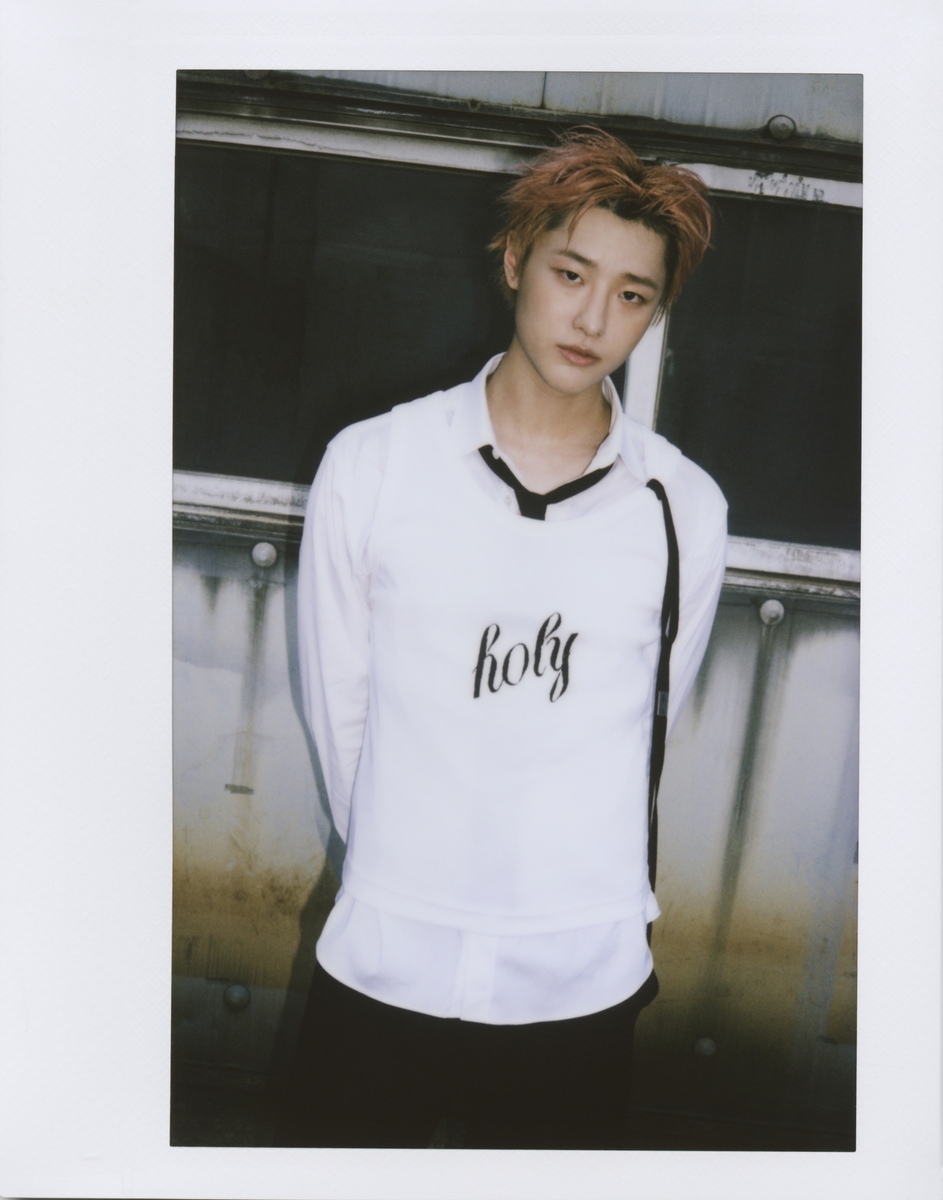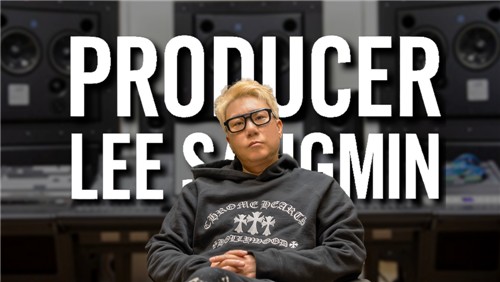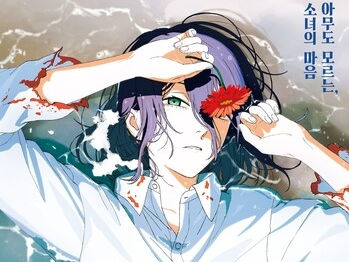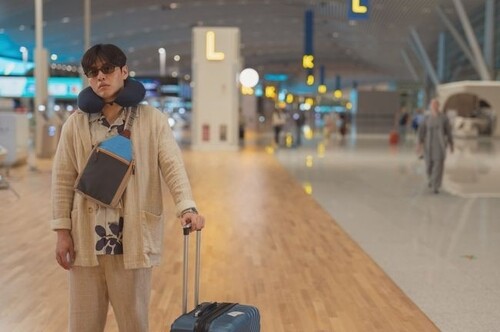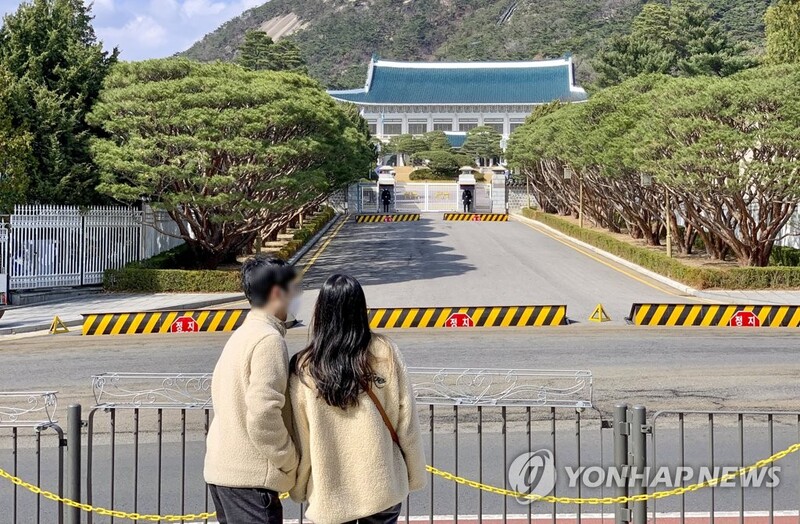 |
| ▲ This photo, shows two people looking at the Cheong wa dae. (PHOTOS NOT FOR SALE) (Yonhap) |
SEOUL, April 22 (Yonhap) -- According to the decision to relocate the office of President-elect Yoon Suk-yeol, a proposal has been made that Cheong Wa Dae, which will be open to the general public on the 10th of May should be used as a "historical and cultural space" considering the history that it was a part of the "Gyeongbokgung Palace."
In a presentation at the "Historical Value and Practical Meaning of Gyeongbokgung Palace backyard" held by the Cultural Heritage Administration and the Korean Institute of Architectural History at the National Palace Museum of Korea on the afternoon of the 22nd, Lee Yeon-kyung, an academic research professor at the University of Incheon said, "When using Cheong Wa Dae, which has been built for many eras since the Goryeo Dynasty, people need to pay attention to the overall environment instead of separate buildings and facilities."
Professor Lee explained that there are many cultural heritages in Cheong Wa Dae, including the Silla Buddhist statue, "Stone Seated Buddha in Mireukgok Valley of Namsan Mountain, Gyeongju" and "Chilgung," a collection of seven shrines made in the Joseon Dynasty along the main hall till the Chunchugwan (government office during the Joseon Dynasty).
To the North, there is the Hanyangdoseong and the Baegaksan Mountain, and to the south there is the main palace, Gyeongbukgung Palace.
"It is important to understand the process of change in the backyard of the Gyeongbukgung Palace and make it a common heritage step by step by collecting precious memories of the people," said Professor Lee.
"Although Cheong Wa Dae may have lost its symbol as a political place, the symbolism as a historical place still remains," said professor Lee Jae-young of Hongik University. "The crossroad in Gwanghwamun till the Bugaksan Mountain is where the South Koreans feel their cultural identity."
"Cheong Wa Dae is also a place where the history and culture of Gyeongbukgung Palace, Seochon, Bukchon connects," he explained. "We need to find a way to use it to preserve various values."
(This article is translated from Korean to English by Haemin Kim.)
(END)
(C) Yonhap News Agency. All Rights Reserved











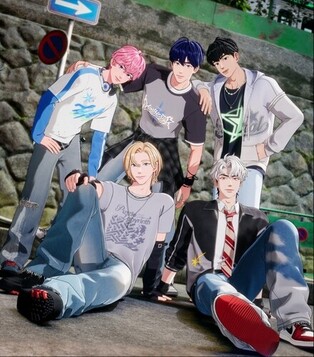
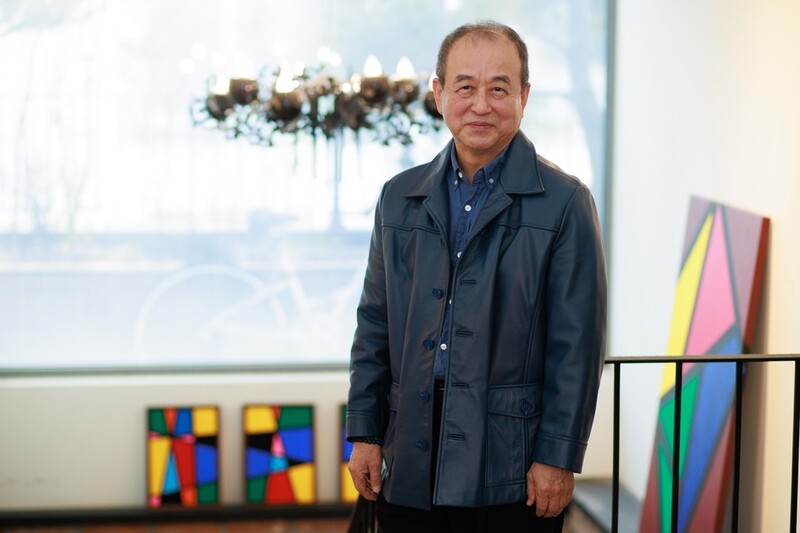
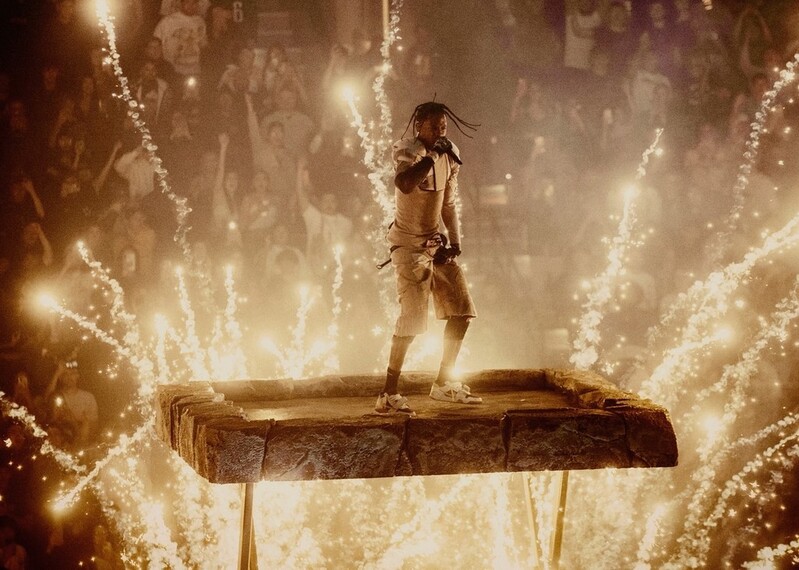
![[가요소식] 보이넥스트도어, 신보로 3연속 밀리언셀러 달성](https://korean-vibe.com/news/data/20251025/yna1065624915905018_166_thum.jpg)
